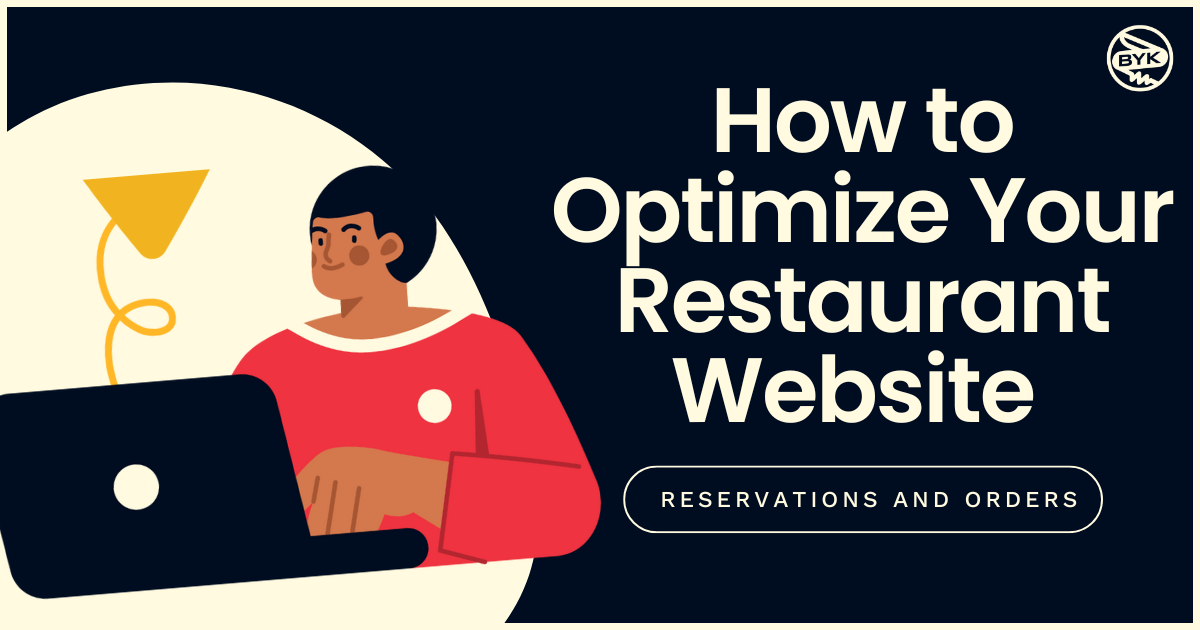Experiential marketing had been growing for years, and emerging as an important part of marketing strategy…and then 2020 happened. Experiential marketing isn’t going away now, but it does definitely look different than anyone was expecting, with more of an emphasis on virtual experiences. Read on to walk through what experiential marketing is, and how it can successfully be taken virtual.
What is experiential marketing?
Experiential marketing, also known as engagement marketing, is a real-world experience or interaction between a brand and consumers. It encourages participation and hands-on experiences that go far beyond the passive act of watching an advertisement.
An experiential marketing campaign can range from a pop-up event to a how-to class to an interactive display set up in a public place. It can be any way a business encourages consumers to act and engage beyond traditional marketing methods.
How can the experience be taken virtual?
At first, it’s not so easy to imagine this type of in-person, hands-on experience translating well to a virtual platform. In some cases, that’s true. However, as we’ve seen over the past year, brands have found some very creative ways to connect with their fans online, and experiential marketing is no exception to that. There are more virtual, at-home experiences available now than ever before.
To take your experiential marketing online, you really just need to focus on what the experience is you want your customers to have, and how you can do that without actually providing a tangible experience. Is the purpose to allow people a chance to test out your products? To associate your brand with a certain campaign or characteristic? To just gain exposure for your brand in general? Use the goal you want to achieve to shape your virtual experience.
For instance, if you have a celebrity brand ambassador that represents your company well, you could sell tickets to a virtual Q-and-A with them. Or if you are wanting people to actually have a hands-on experience with your products, consider selling tickets to a virtual event walking people through the product. You could then send a trial-sized sample to everyone who bought a ticket, or design an online simulation so viewers can try out the product virtually.
What are the benefits of virtual experiential marketing?
While virtual events may not be a perfect substitute for in-person ones, they do have some benefits of their own. First off, virtual experiences are usually cheaper to execute. They do not require a physical space or nearly as many supplies as a live event would. You can also include a much larger pool of participants in online experiences, increasing your exposure and ideally, your pool of future customers. There are also not the same geographic limitations on virtual events. If your brand sells to customers outside the city you are located in, online experiences may actually align more with your marketing strategy. Traveling to an event halfway across the world is prohibitively costly and timely for most people. But virtually attending to an experience for a few hours is much more feasible. Virtual experiential marketing can help you expand the size and breadth of your reach. Although the growth of virtual experiences was brought on by unprecedented world circumstances, they offer benefits and opportunities beyond the pandemic. There are many creative ways to take experiential marketing virtual, and just as many potential benefits for doing so.




